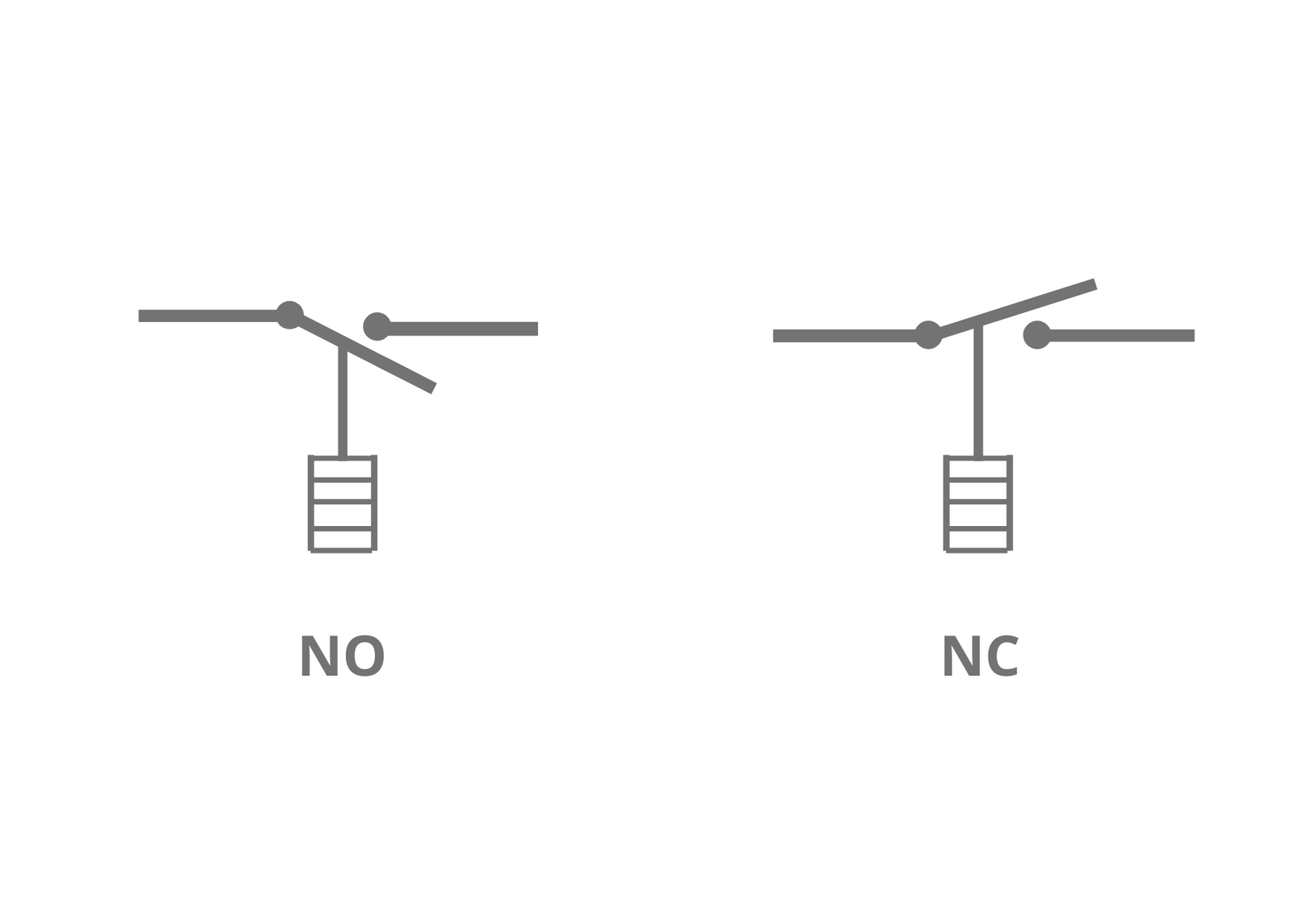Temperature switches and thermostats are frequently used in many industrial automation processes and for a good reason. They serve as a convenient regulator of temperature, as they monitor and limit the object’s temperature and can turn off the heating (or cooling) when a previously set temperature is reached.
It might seem simple at first, yet there are many questions to which you should want to know the answers in order to properly choose and use a temperature switch and/or thermostat. We have collected some of the most frequently asked questions and found the answers for you!
Q: What are temperature switches?
A: Temperature switches are typically electromechanical devices, used in industrial and manufacturing processes and are responsible for the monitoring and controlling of temperature, with the ability to turn on and off when a certain temperature is reached.
Q: How do temperature switches work?
A: Temperature switches can be set to react to a certain temperature. When the sensing probe of the switch detects an increase of temperature, it opens the electric contacts. When the temperature decreases, the electrical contacts close ( source).
Q: Where are temperature switches used?
A: Temperature switches are widely used in various industries but are especially important in food and beverage industries, pharmaceuticals industries, automotive engineering. Typically temperature switches are found in heating systems, air heaters, water boilers, circulation pumps, etc. ( source).
Q: What are the types of temperature switch?
A: There are a few ways to classify temperature switches by different properties:
- NO (normally opened ) or NC (normally closed)
- Auto function or manual function
- Standard / room / duct types
Q: What is the difference between NO and NC temperature switches?
A: NO (Normally Open) means that when the switch is actuated the contacts are normally open at minimum temperature. NC (Normally Closed) means that the contacts are normally closed at minimal temperature ( read more).

Q: How to make temperature switch calibration?
A: BIN Industrial Training have posted a video tutorial about switch calibration:
Q: What is the difference between NTC and PTC resistances?
A: NTC means negative temperature coefficient and PTC – positive temperature coefficient. NTC thermistors conduct electricity better at a high temperature, whereas PTC conducts conduct electricity better at a lower temperature ( source).
So there you have it, these are the most frequently asked questions about temperature switches. If you would like to learn more about various industrial automation components, read our other blog posts HERE.
If you are looking for a temperature switch, you should check out our great supply of temperature switches HERE.

